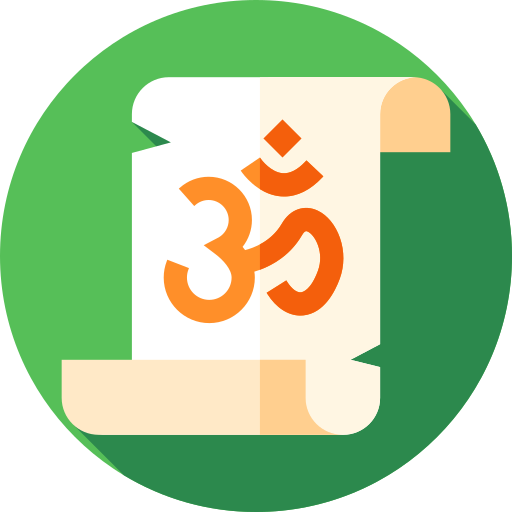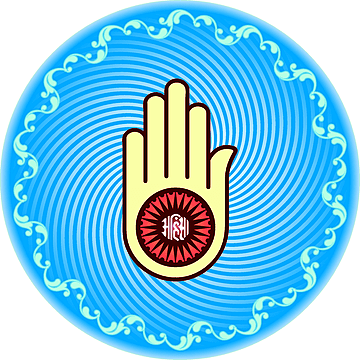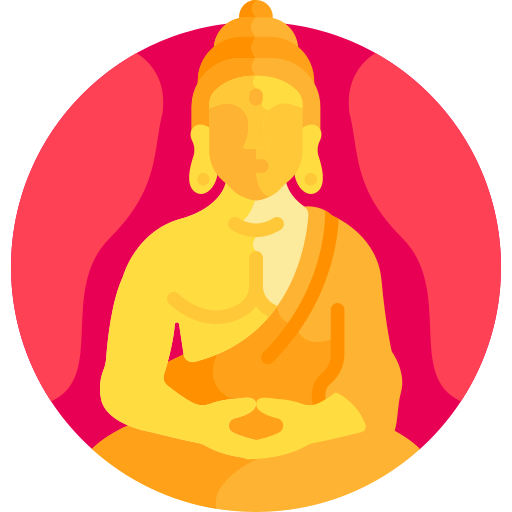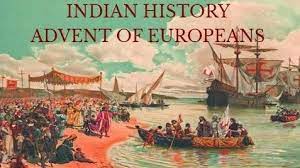- A Zahir-ud-Din Muhammad Babur
- B Muhammad Bin Qasim
- C Mu'izz ad-Din Muhammad Ghori
- D Sultan Mahmud
Imad ad-Din Muhammad ibn Qasim ath-Thaqafi (c. 695-715) was an Umayyad general who conquered the Sindh and Multan regions along the Indus River (now a part of Pakistan) for the Umayyad Caliphate. He was born and raised in the city of Ta'if (in modern-day Saudi Arabia). Qasim's conquest of Sindh and southern-most parts of Multan enabled further Muslim conquests on the Indian subcontinent.
A member of the Thaqif tribe of the Ta'if region, Muhammad bin Qasim's father was Qasim bin Yusuf, who died when Muhammad bin Qasim was young, leaving his mother in charge of his education and care. Umayyad governor Al-Hajjaj Ibn Yusuf Al-Thaqafi, Muhammad bin Qasim's paternal uncle, was instrumental in teaching Muhammad bin Qasim about warfare and governance. Muhammad bin Qasim married his cousin Zubaidah, Al-Hajjaj's daughter, shortly before going to Sindh.
 Vedic period
Vedic period  Jainism
Jainism  Buddhism
Buddhism  Advent of Europeans
Advent of Europeans 